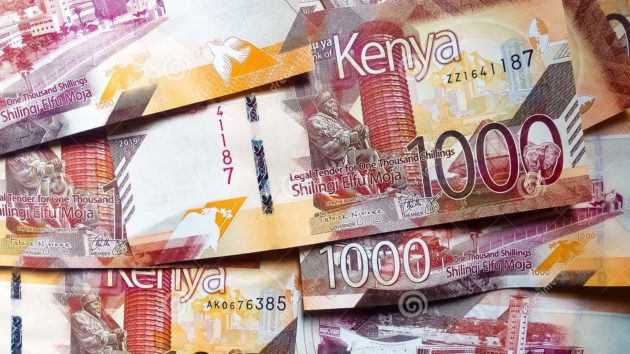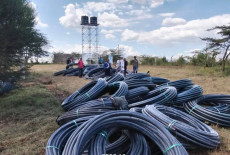- In the recent past, Kenya has witnessed a significant shift in its economic landscape as prices of essential goods and services began to fall, offering much-needed relief to consumers across the nation. This comes as a relief after years of battling with increased inflation and financial challenges. Kenyans can at least smile as the cost of living begins to stabilize.
Since the COVID-19 pandemic, Kenyans have been cornered by rocketing prices of basic commodities, and with fewer economic activities, Kenya's economy has deteriorated.
However, in the recent past, Kenya has witnessed a significant shift in its economic landscape as prices of essential goods and services began to fall, offering much-needed relief to consumers across the nation. This comes as a relief after years of battling with increased inflation and financial challenges. Kenyans can at least smile as the cost of living begins to stabilize.
Recent reports show that prices for everyday commodities such as food, fuel, and transport have dropped sharply, marking the end of a long period of economic strain. This trend of economic recovery has been received with great joy as Kenya's spending power has increased, hence the shaking of debts and financial constraints.
Additionally, from supermarkets to local markets, consumers are now finding that their money stretches further, helping to alleviate the financial pressure many had been facing.
Furthermore, among other factors that have contributed to this shift, the notable factor contributing to this positive trend is the reduction of issues that have been affecting the regular supply of goods across the world. This has contributed to decreased prices of imported goods, which Kenya mainly relies on.
Read More
Specifically, fuel, a significant driver of the economy, has drastically risen in terms of prices. Still, in recent times, we have seen a reduction in fuel prices following the Energy and Petroleum Regulatory Authority (EPRA) prices review in October 2024, with petroleum prices falling by Ksh 8 per litre, easing global supply chain disruptions.
Additionally, agriculture is said to be the country's economic backbone; we have seen increased harvest, especially on staple food draws, tactically reducing the prices of food products. This surplus has contributed to lower food prices, particularly in rural areas where agriculture plays a central role in the economy.
The government's efforts and policies have also come in handy to ensure a responsive economic recovery, as the monetary and fiscal policies that were set seem to be paying off.
Furthermore, by maintaining fixed interest rates on all loans, The Central Bank of Kenya (CBK) has increased the rate at which Kenyans seek loans to invest, creating employment and expanding the economy. At the same time, targeted subsidies have helped keep essential commodities within reach of the average consumer.
However, it's not just the cost of goods that is falling.
There has been the creation of new employment opportunities, and more companies are hiring individuals, creating a recovery of the job market. The youth, who have faced high unemployment rates in recent years, are now finding more opportunities in sectors like technology, agriculture, and manufacturing, which are experiencing growth. This positive turn in the job market is providing further relief for families struggling with financial insecurity.
Reducing living costs also brings renewed consumer confidence, as Kenyans are now more willing to spend, invest, and save.
The spending power of consumers is expected to spur further economic activity, creating a growth cycle that benefits individuals and businesses alike.
Local businesses are beginning to feel the effects of this shift as well. Retailers, in particular, have reported a surge in sales as people return to shopping with more disposable income. This power has illuminated the hopes of those in the industries and sectors previously suffering from low demand.
While there are still challenges ahead, including the need for continued structural reforms and resilience in the face of potential global uncertainties, the mood in Kenya is markedly different from the past few years. Kenyans are cautiously optimistic, with many expressing confidence that the worst is over.
In conclusion, after months of hardship, Kenya finally sees the light at the end of the tunnel. Prices are falling, jobs are being created, and economic stability is gradually returning. This positive trend marks the beginning of a new chapter, one where Kenyans can look forward to brighter days ahead. The hard times may not be entirely behind, but for now, the signs promise Kenya's economy is on the road to recovery.












